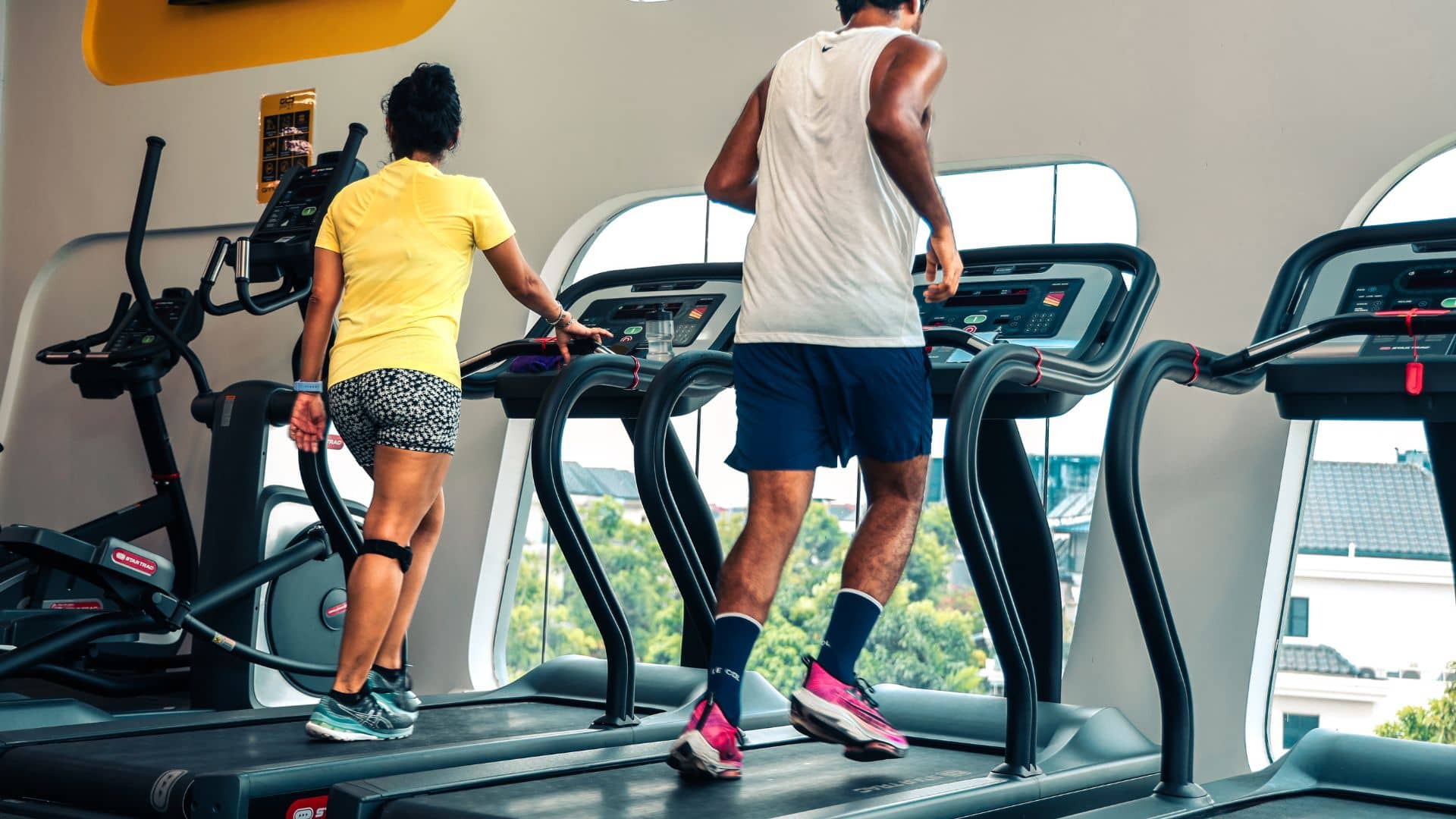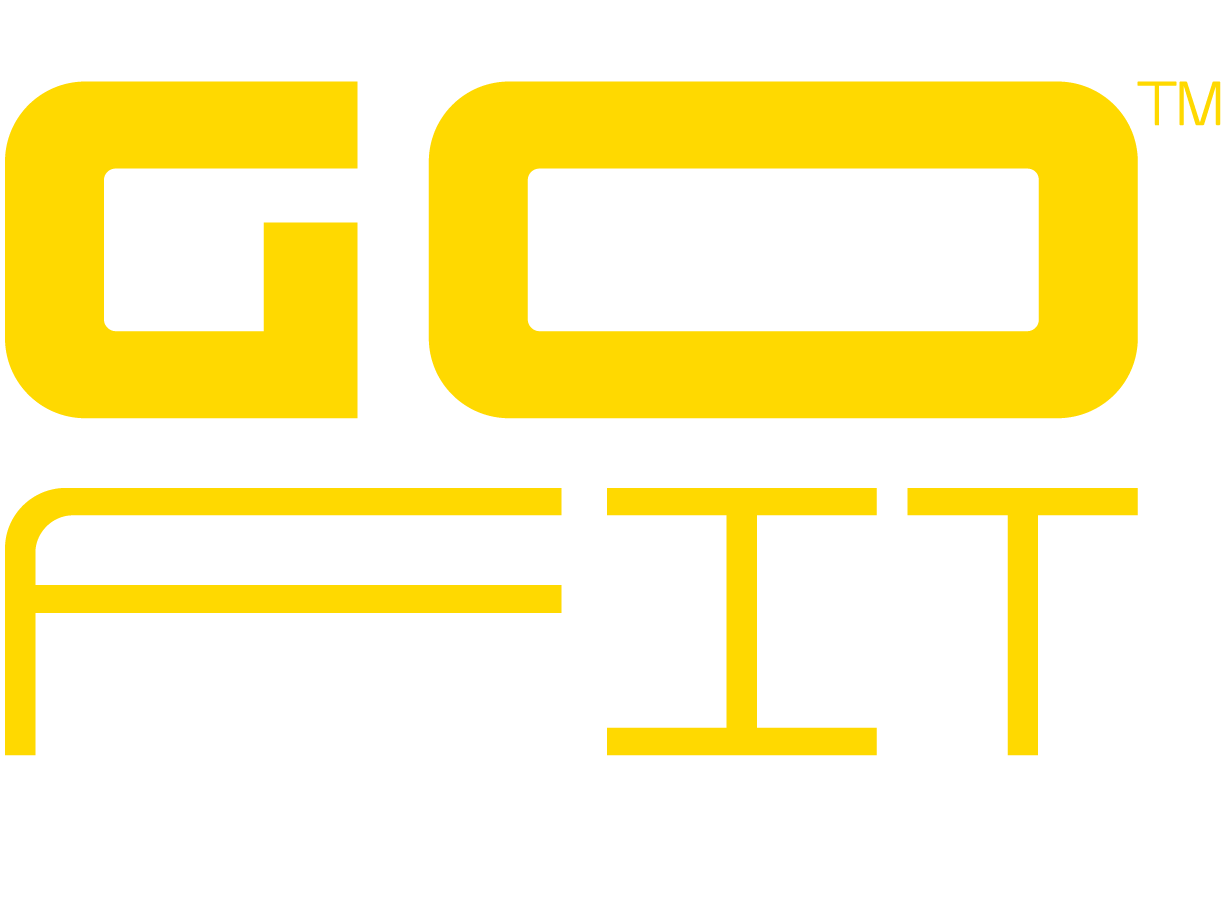You know the feeling: the thrill of beginning a fitness regimen at the gym, the momentum keeping you going and then suddenly, unexpected pain interferes with their plans. Although they are really unfortunate, gym injuries are also completely avoidable! Let’s get started with some incredibly easy advice to keep you safe and injury-free.
How to Avoid Gym Injuries: Tips from the Pros
1. Warm-Up, Don’t Just Jump In
Think of your muscles like a rubber band. Simply put, cold rubber bands snap while warm ones stretch. A good warm-up (5 to10 minutes of light cardio and dynamic stretches) gets your blood flowing, loosens your joints, and prepares your body for action. According to the American College of Sports Medicine, warming up can significantly reduce your risk of muscle strains and tears.
Examples:
- Light jog or brisk walk on the treadmill
- Jumping jacks
- Arm circles
- Leg swings
- High knees
2. Nail That Form
Inadequate form or improper technique can lead to injury quickly. Ask a staff member or trainer at the gym if you have questions about how to complete an exercise properly or view instructional videos. Be cautious and safe when you’re first starting out or trying a new exercise! Lighter lifting with proper form is preferable than heavier lifting and running the risk of injury. Incorrect lifting technique is a major contributor to weightlifting injuries, according to a study that was published in the Journal of Strength and Conditioning Research.
Did you know? Personal Training with any of our certified trainers can help set you up for success! Learn the right form and how to get the most out of yourself with personal training at our GoFit Singapore clubs today.
Examples:
- Squatting with your back straight and knees tracking over your toes
- Deadlifting with a neutral spine and engaging your core
- Bench pressing with a controlled motion and full range of motion
3. Don’t Be a Hero (or, Lift Appropriate Weights)

As mentioned in our previous tip above, lift weights that are appropriate for where you are at, not where you think you are at. Ego-lifting is a recipe for disaster. Start with weights you can comfortably handle and gradually increase as you get stronger. Remember, it’s a marathon, not a sprint.
Tip: If you can’t maintain proper form for the last few reps, the weight is probably too heavy.
4. Listen to Your Body
If something hurts, stop. Don’t push through pain – it’s your body’s way of saying something’s wrong. Forget the old saying of ‘no pain, no gain’ because if there’s pain, you’re most definitely getting any gains. Take a break, modify the exercise, or try an alternate exercise which works the same muscle groups completely. Ignoring pain can lead to chronic injuries and long-term setbacks.
Examples:
- Sharp pain in your knee during squats
- Tweaking your back during deadlifts
- Shoulder discomfort during overhead presses
5. Rest and Recover

After an exercise, your muscles require time to rebuild and become stronger. Try to get in one or two days of rest and recovery per week. For optimal health and muscle regeneration, the National Sleep Foundation suggests getting between seven and nine hours of sleep per night.
Tip: Active recovery (light activities like yoga or walking) can be beneficial on rest days.
Read also: The Importance of Rest Days – Why Recovery Is Key to Your Fitness Journey
6. Mix It Up
Daily repetition of the same exercises can result in overuse injuries. By varying your practice to target various muscle groups and keep your body from experiencing repetitive stress, you can prevent this. On top of that, it adds diversity to your training, keeping it engaging!
Examples:
- Alternate between upper body and lower body workouts
- Try different types of cardio (brisk walking, swimming, rowing, cycling)
- Incorporate functional fitness exercises
7. Stay Hydrated

Dehydration can lead to fatigue, muscle cramps, and dizziness, increasing your risk of injury. Make sure to drink plenty of water before, during, and after your workout. The American Council on Exercise recommends drinking 400-600 ml of water 2-3 hours before your workout, and 100-250 ml every 10-20 minutes during exercise.
Tip: Bring a water bottle to the gym and sip on it regularly.
8. Fuel Your Body
Your body gets the nutrients it needs from a balanced diet to heal and function at its peak. Aim for a balance of healthy fats, carbohydrates, and protein.
Examples:
- Pre-workout snack: Greek yogurt with berries and granola
- Post-workout meal: Quick protein shake or grilled chicken with brown rice and vegetables
9. Cool Down and Stretch
Cooling down after your workout (with light cardio and static stretches) helps your heart rate return to normal and improves flexibility. Alternatively, join a gentle yoga class to mix things up! Studies have shown that cooling down can reduce muscle soreness and improve recovery time.
Examples:
- Light walk on the treadmill
- Static stretches like holding a hamstring stretch or quad stretch
10. Don’t Skip Leg Day!

Strengthening your lower body is essential for overall stability and balance, which can help prevent injuries during other activities. This is particularly important for any of us moving into middle and senior ages.
Remember, strong legs and core muscles provide a solid foundation for all movements, reducing the strain on your upper body and back.
Tip: Include exercises like squats, lunges, deadlifts, and core exercises like planks and bird dogs in your routine.
Remember:
- Progress gradually. Don’t try to do too much too soon.
- Wear proper footwear. Supportive shoes can make a big difference.
- Use proper equipment. Learn how to use machines correctly.
- If you get injured, seek professional help. Don’t try to “tough it out.”
Follow these tips and listen to your body are ways on how to avoid gym injuries. Keeping them in mind for when you hit the gym next will ensure you can enjoy a safe and effective gym experience. Now go out there and crush your fitness goals!







